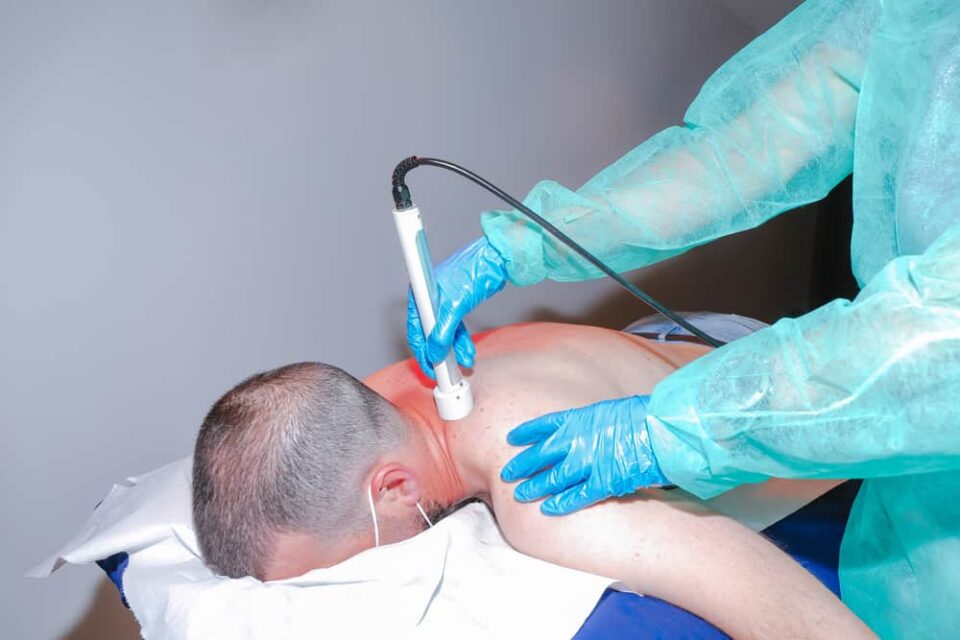Radiofrequency ablation (RA) utilizes high-intensity, controlled radio waves to heat an affected area of your nerve tissue. Exposure of the nerve area to intense heat destroys the nerve, causing failure to register and send pain signals to the brain, and thus, you receive pain relief. Apart from stopping or reducing your pain and discomfort, radiofrequency ablation Venice can also improve function, reduce your prescribed pain relief medications, and delay or prevent the need to undergo an invasive treatment.
Consequently, below are some leading health conditions that a radiofrequency ablation specialist can treat.
- Facet joint osteoarthritis
Osteoarthritis, also called degenerative arthritis, is a condition that can destroy the cartilage between your facet joints. The cartilage and the existing fluid help the two opposing bony surfaces in your joint to move without causing too much friction. The breakdown and inflammation of the cartilage inside your facet joints cause adjacent nerve endings to trigger pain.
Osteoarthritis of the spine often is common in older adults and usually causes back and neck discomfort and pain.
Your doctor often recommends radiofrequency ablation or surgery to treat facet joint osteoarthritis when conservative treatments prove ineffective. The non-invasive treatments your doctor can recommend are swimming, stretching exercises, and chiropractic manipulations.
- Sacroiliitis
Also called sacroiliac joint pain, sacroiliitis is a swelling that affects one or both of the sacroiliac joints. The health issue may be due to traumatic injury, arthritis, infection, or discrepancy in leg length. The sacroiliac joints link the pelvis and the lower spine and are located on the right and left sides of the lower back.
When you have an affected sacroiliac joint, you will feel pain, discomfort, and inflammation in your lower back and buttocks. The pain and swelling may also extend to your legs. Sacroiliac joint pain symptoms can worsen when you climb stairs or stand for an extended time.
Radiofrequency ablation uses heat to destroy the nerves that transmit pain signals from the damaged sacroiliac joint to your brain.
- Morton’s neuroma
Morton’s neuroma is a condition characterized by the thickening and narrowing of the tissue surrounding a nerve. Therefore, you will have pain in the ball of your foot, especially between the third and fourth toes. The thickening of the tissue adjacent to the nerve of your foot may result from irritation or damage.
Your foot and ankle surgeon or podiatrist will first recommend wearing soft pads or insoles, which can ease pressure from the affected part of your foot. Steroid injections or alcohol sclerosing injections can also help in reducing inflammation.
If the conservative treatments fail to work, you may try minimally invasive treatments like radiofrequency ablation before undergoing foot and ankle surgery.
- Facial pain
If your facial pain is due to tic douloureux, your doctor can utilize radiofrequency ablation for treatment. Also called Trigeminal Neuralgia, the condition causes sudden, severe facial pain. The sharp shooting pain can disrupt your daily oral functions, such as chewing, smiling, shaving, and teeth brushing.
Radiofrequency ablation may also help treat cancer pain, peripheral neuropathy, irregular heartbeat, and tumors.
Contact Florida Lakes Vein Center today to schedule a consultation with a radiofrequency ablation specialist.

